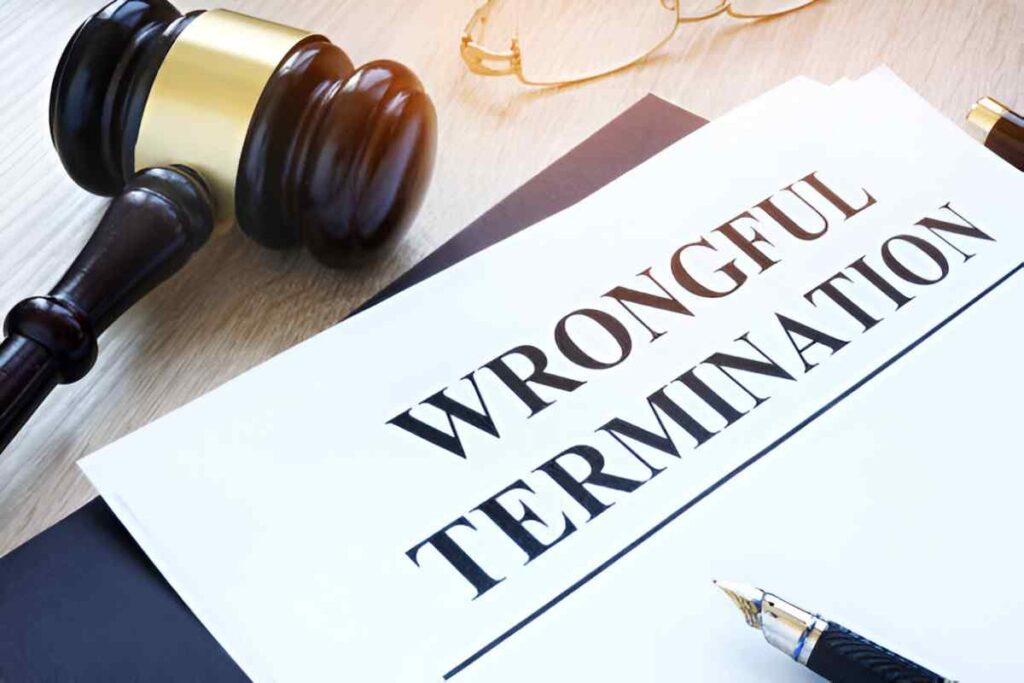As someone who has spent years navigating the complexities of finance and accounting, I’ve seen firsthand how product liability can make or break a business. Whether you’re a small business owner, an aspiring accountant, or a curious consumer, understanding product liability is crucial. In this guide, I’ll break down everything you need to know—from legal principles to financial implications—using plain English, real-world examples, and even some math to clarify key concepts.
Table of Contents
What Is Product Liability?
Product liability refers to the legal responsibility manufacturers, distributors, and sellers have when a defective product causes harm. Unlike general negligence claims, product liability focuses on the product itself rather than the conduct of the defendant. The three main types of defects are:
- Design Defects – Flaws inherent in the product’s design.
- Manufacturing Defects – Errors occurring during production.
- Marketing Defects – Inadequate warnings or instructions.
Why Product Liability Matters
In the U.S., product liability laws protect consumers while holding businesses accountable. For companies, a single lawsuit can lead to massive financial losses, reputational damage, and even bankruptcy. Consider the infamous case of Ford Pinto in the 1970s, where design flaws led to deadly fuel tank explosions. Ford faced lawsuits totaling millions, proving how costly liability risks can be.
Legal Frameworks Governing Product Liability
U.S. product liability laws stem from both statutory regulations (like the Consumer Product Safety Act) and common law precedents. The key legal theories include:
- Strict Liability – The defendant is liable even without negligence.
- Negligence – The defendant failed reasonable care standards.
- Breach of Warranty – The product didn’t meet promised standards.
Strict Liability in Depth
Under strict liability, a plaintiff only needs to prove:
- The product was defective.
- The defect caused injury.
- The product was used as intended.
For example, if a poorly designed coffee maker explodes and burns a user, the manufacturer could be strictly liable—even if they followed all safety protocols.
Financial Implications for Businesses
Product liability isn’t just a legal issue—it’s a financial one. Companies must account for:
- Legal defense costs
- Settlement payouts
- Insurance premiums
- Recalls and repairs
Calculating Potential Liability
Suppose a company sells 100,000 units of a defective product, with a 1% failure rate causing $10,000 in damages per incident. The expected liability would be:
\text{Total Liability} = \text{Units Sold} \times \text{Failure Rate} \times \text{Damages per Incident} \text{Total Liability} = 100,000 \times 0.01 \times 10,000 = \$10,000,000This simple calculation shows why businesses invest heavily in quality control and liability insurance.
Insurance and Risk Management
Product liability insurance is a must for manufacturers. Policies typically cover:
| Coverage Type | What It Includes |
|---|---|
| Legal Defense | Court fees, attorney costs |
| Settlements/Judgments | Payouts to injured parties |
| Recall Costs | Expenses for retrieving defective products |
Example: Small Business Insurance Costs
A small toy manufacturer with $1M in revenue might pay $5,000–$15,000 annually for liability coverage. Without it, a single lawsuit could wipe them out.
Case Study: The McDonald’s Hot Coffee Lawsuit
One of the most misunderstood cases is Liebeck v. McDonald’s (1994). Stella Liebeck suffered third-degree burns from McDonald’s coffee, which was served at 190^\circ F—much hotter than home-brewed coffee. A jury awarded her $2.7M (later reduced), highlighting how excessive risk-taking can backfire.
Key Takeaways:
- Proper warnings matter – Had McDonald’s disclosed the extreme temperature, the outcome might differ.
- Juries punish negligence – Evidence showed McDonald’s ignored 700+ prior burn complaints.
Preventing Product Liability Claims
Proactive measures can minimize risks:
- Thorough Testing – Identify defects before launch.
- Clear Warnings – Disclose all potential hazards.
- Quality Control – Monitor manufacturing processes.
- Documentation – Keep records of safety checks.
Cost-Benefit Analysis of Safety Measures
Let’s say implementing a new safety feature costs $50,000 but reduces expected liability from $1M to $200,000. The net benefit is:
\text{Net Savings} = \text{Reduced Liability} - \text{Cost of Safety Feature} = 1,000,000 - 200,000 - 50,000 = \$750,000This makes the investment a no-brainer.
The Role of Accounting in Product Liability
Accountants must:
- Reserve funds for potential claims (loss contingencies).
- Disclose risks in financial statements under GAAP.
- Evaluate insurance needs based on risk exposure.
Example: Setting Up a Liability Reserve
If historical data shows a 2\% defect rate with an average claim of $5,000, a company selling 50,000 units should reserve:
\text{Reserve} = 50,000 \times 0.02 \times 5,000 = \$5,000,000Conclusion
Product liability is a multifaceted issue blending law, finance, and risk management. Whether you’re a business owner or consumer, understanding these principles helps you navigate potential pitfalls. By implementing strong safety protocols, securing insurance, and maintaining transparent accounting practices, companies can mitigate risks while protecting their bottom line.





